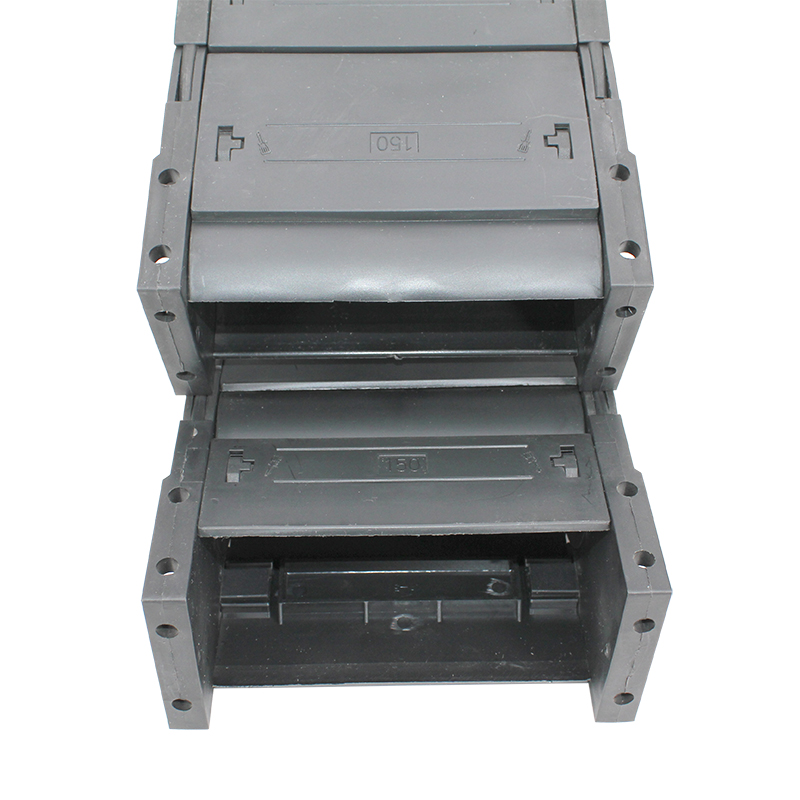small drag chain
The Versatility of Small Drag Chains in Modern Applications
In the realm of industrial automation and mechanical engineering, small drag chains have carved out a vital niche. They serve as indispensable components in various systems, enabling efficient cable management and protecting wires from wear and tear. These compact solutions offer a blend of durability, flexibility, and ease of installation, making them well-suited for a multitude of applications.
What are Small Drag Chains?
Small drag chains, often referred to as energy chains, are designed to guide and protect moving cables and hoses in machinery and robotics. They are made from materials such as plastic or metal, and their modular design allows for easy customization based on specific requirements. The chains consist of interconnected links that create a channel through which cables can move freely while remaining secure.
Key Benefits
One of the primary advantages of small drag chains is their ability to reduce clutter in workspaces. By organizing cables neatly, drag chains help streamline operations and enhance safety, as tangle-free wiring minimizes the risk of tripping hazards. Moreover, these systems protect cables from mechanical damage, abrasion, and environmental factors, significantly extending their lifespan.
Another important benefit is flexibility. Small drag chains can accommodate various cable types and sizes, making them suitable for different applications, from CNC machines to robotic arms. Their capacity to handle multiple cables simultaneously allows for efficient energy transmission in intricate designs, contributing to improved machine performance.
small drag chain

Applications in Various Industries
The versatility of small drag chains makes them applicable across a wide range of industries. In manufacturing and production environments, they are commonly used in automated machinery, ensuring that power and control cables are kept organized as equipment moves. In the robotics sector, drag chains facilitate smooth operation for robotic arms, where precision and movement are critical.
Furthermore, small drag chains are prevalent in the automotive industry, where they protect wiring harnesses in moving parts of vehicles. They help maintain electrical integrity while ensuring that wires are kept safe from mechanical stress and harsh conditions. In addition, these systems are increasingly being used in the aerospace sector, where they support the intricate engineering of aircraft systems, balancing functionality and safety.
Conclusion
As we move further into an age of automation and connectivity, the need for efficient and reliable cable management solutions continues to grow. Small drag chains exemplify how engineering innovation can lead to greater operational efficiency while maintaining the safety and longevity of essential components. Their modularity, durability, and versatility position them as a vital part of modern industrial landscapes. Whether in manufacturing, robotics, automotive, or aerospace applications, small drag chains are shaping the way we think about cable management, highlighting their importance in the machines that drive our world forward.
Investing in quality small drag chains can significantly enhance productivity and safety. As industries evolve, these unsung heroes will be crucial in navigating the future of technology and automation.








